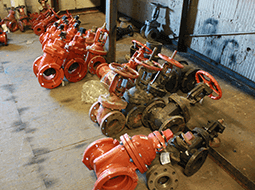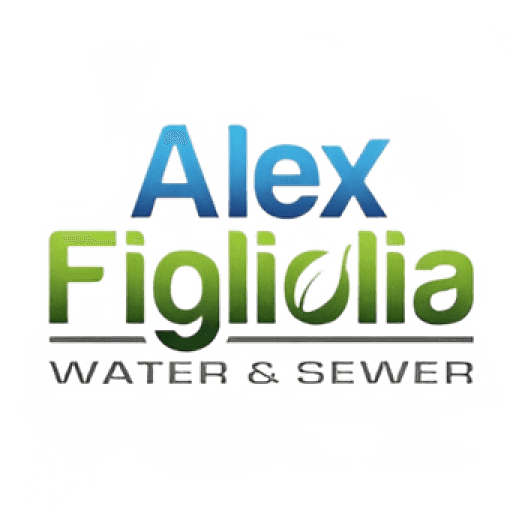Navigating the complexities of commercial water main installation is an art form that requires seasoned professionals who understand the intricate dance of underground construction. In this article, we unravel the layers of a successful water main project, providing invaluable insights for plumbers, construction firms, and civil engineers who want to bolster their expertise in this vital sector.


The Initial Assessment: Laying the Groundwork
Commercial water main installation begins with an exhaustive initial assessment. The first step is studying the site plans, which often reveal a myriad of utilities already present beneath the surface. We discuss the logistics of integrating a new water main with existing infrastructure, ensuring a harmonious coexistence that adheres to local regulations and safety standards.
Our blog post will delve into the critical points of this assessment. We’ll cover topics such as:
- Conducting site investigations to identify any environmental or geographical challenges.
- The importance of engaging with utility companies to map out potential conflicts and develop a plan for re-routing if necessary.
- Reviewing the hydraulic and pressure requirements to guarantee an optimal flow rate for the property.
Equipped with this knowledge, project managers can take the first steps in creating a blueprint for success.
The Regulatory Roadmap: Navigating Permits and Approvals
Water main installations, particularly in the commercial sector, are subject to a web of regulations and permit requirements. Understanding these rules is fundamental to avoiding delays and penalties that can derail a project.
The post will highlight the following:
- Securing the necessary permits from the local municipality, which vary depending on the depth of the excavation, the size of the water line, and the potential impact on traffic or the environment.
- Working with an environmental consultant to assess and mitigate any risks associated with ground disturbance.
- The role of public consultations in large-scale installation projects, involving stakeholders in the process and addressing concerns.
By demystifying the regulatory process, professionals can streamline the administrative aspects of the project and focus on the technical challenges ahead.
Material Matters: Choosing the Right Components
The materials used in water main installation play a pivotal role in the system’s durability and longevity. Our discussion will center around the merits of various materials, from traditional PVC to more modern options such as HDPE. We’ll examine:
- The structural integrity and longevity of materials in relation to soil conditions and traffic loads.
- Cost analysis and the long-term savings associated with high-quality materials that require minimal maintenance or repairs.
- The environmental impact of choosing sustainable options, which is increasingly becoming a priority for businesses and municipalities.
By providing a comprehensive review of material considerations, we aim to equip professionals with the knowledge to make informed decisions that balance performance and cost-effectiveness.
The Execution: A Symphony of Skills
With the groundwork laid, the installation phase commences. Our detailed account will narrate the execution of the project, highlighting critical stages such as:
- Trenching and excavation methods, including traditional open-cut, trenchless, and microtunneling options.
- Laying the pipe, ensuring proper alignment, and adhering to the required slope to facilitate drainage and avoid stagnation.
- Installing valves, hydrants, and other control mechanisms to manage the flow and provide easy access for maintenance and emergency handling.
The narrative will underscore the need for precision and coordination, drawing parallels between the installation process and a well-rehearsed symphony, where each team member plays a crucial part in the composition of the final piece.
Quality Assurance and Testing: Monitoring the Heartbeat
After the installation is complete, the system undergoes rigorous testing to ensure its functionality and compliance with standards. We will discuss:
- The importance of pressure testing to verify the integrity of the pipe and the joints.
- Chlorination to disinfect the pipe and ensure the water supply meets health and safety regulations.
- Conducting flow tests to assess the system’s performance under real-world conditions.
By emphasizing the need for thorough and methodical testing, we underscore the commitment to delivering a system that operates with the precision of a well-tuned instrument.




